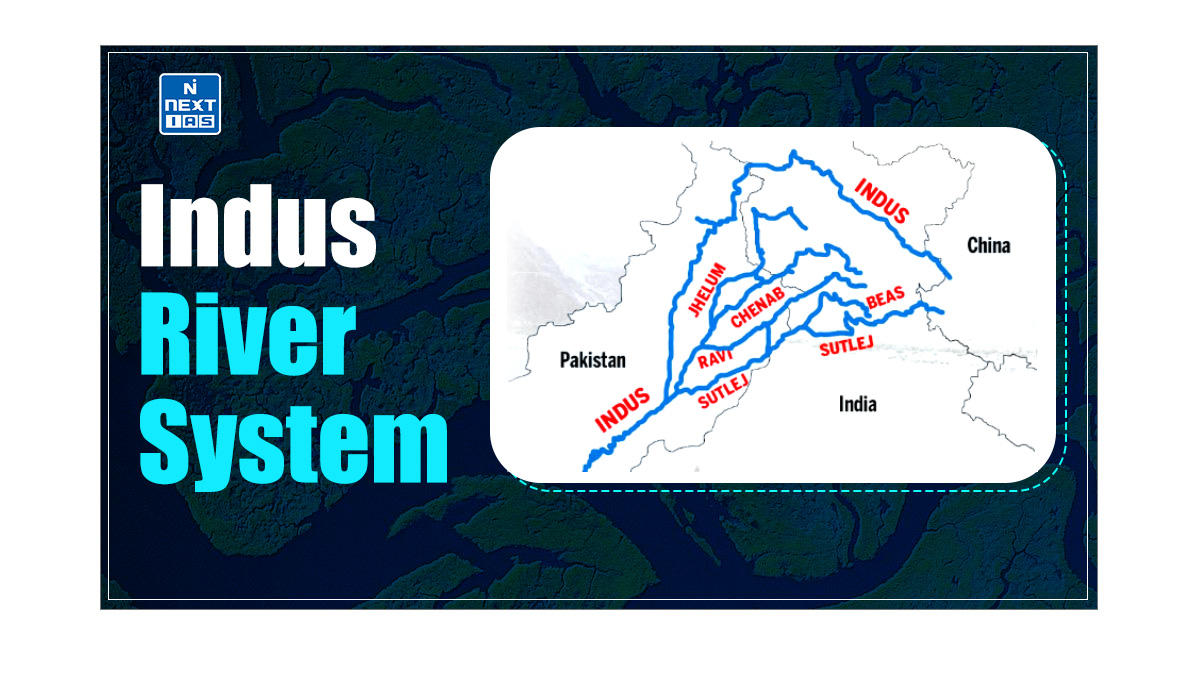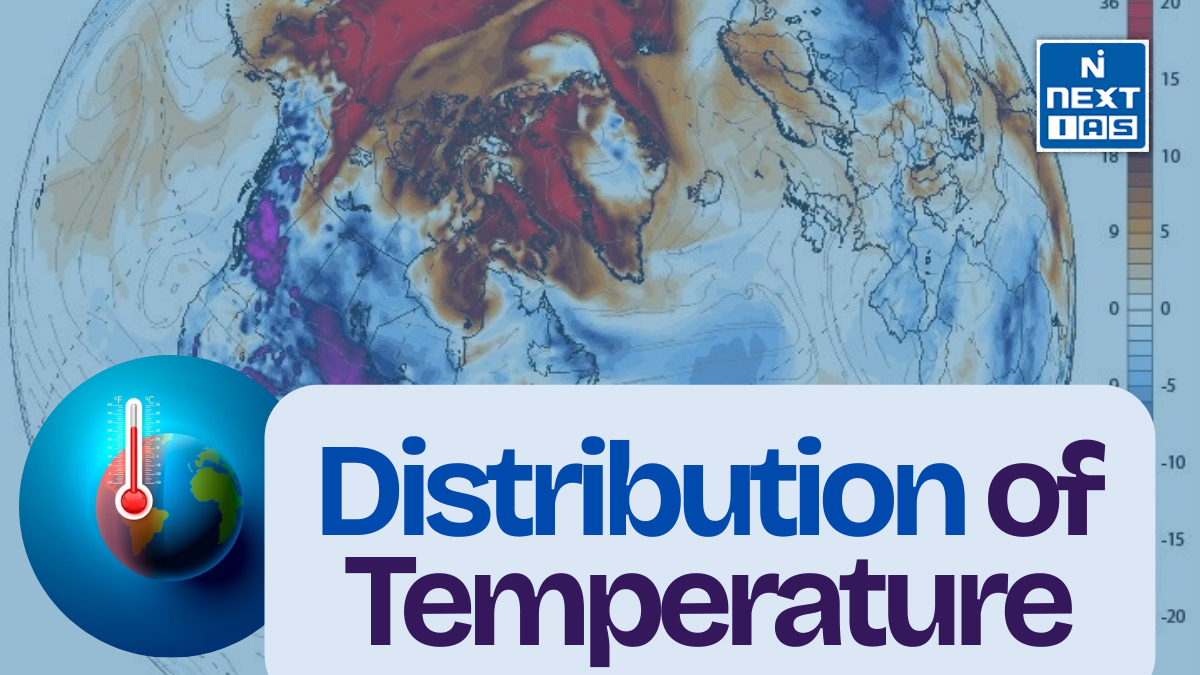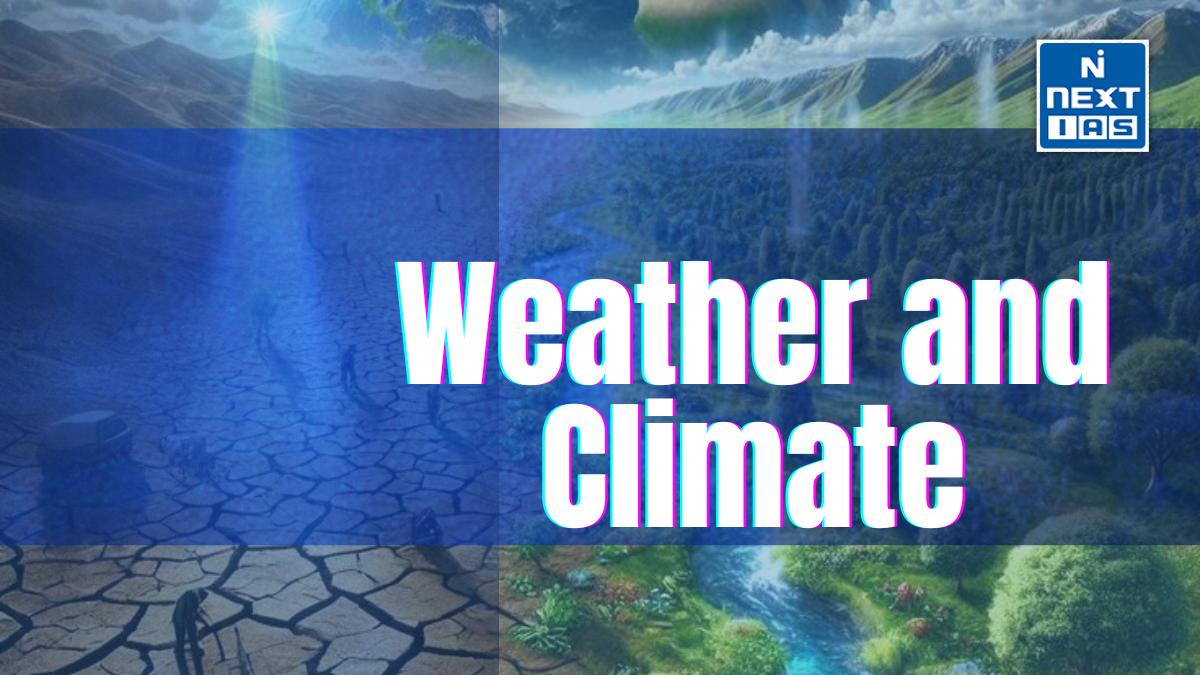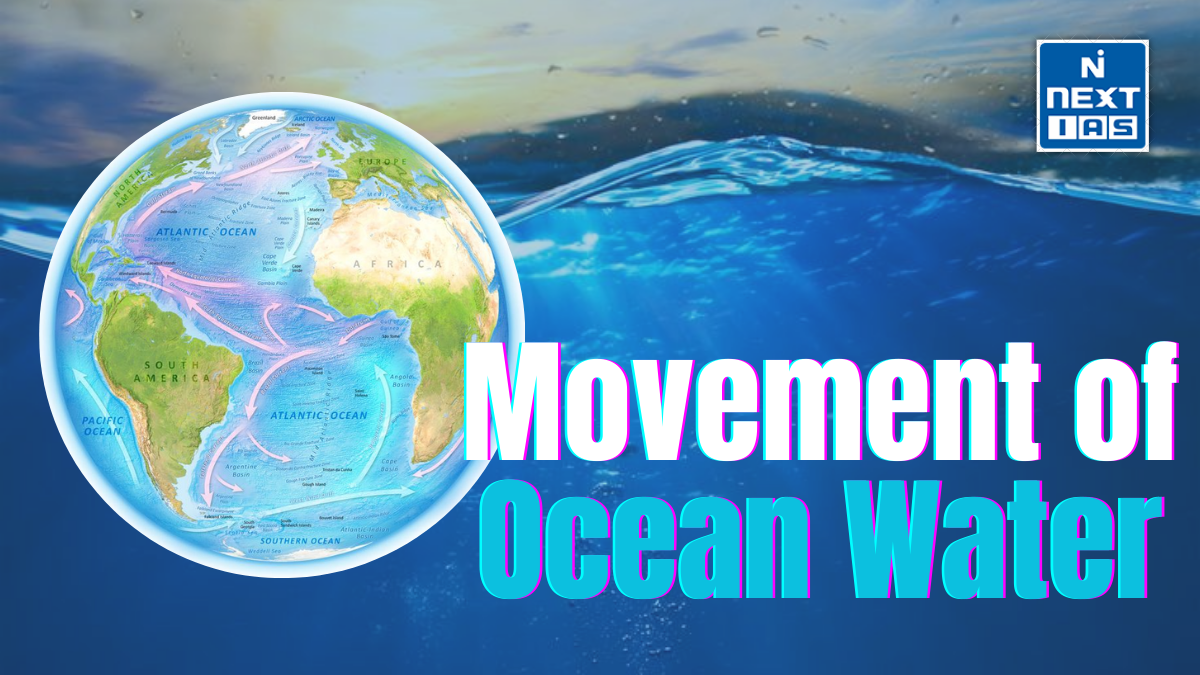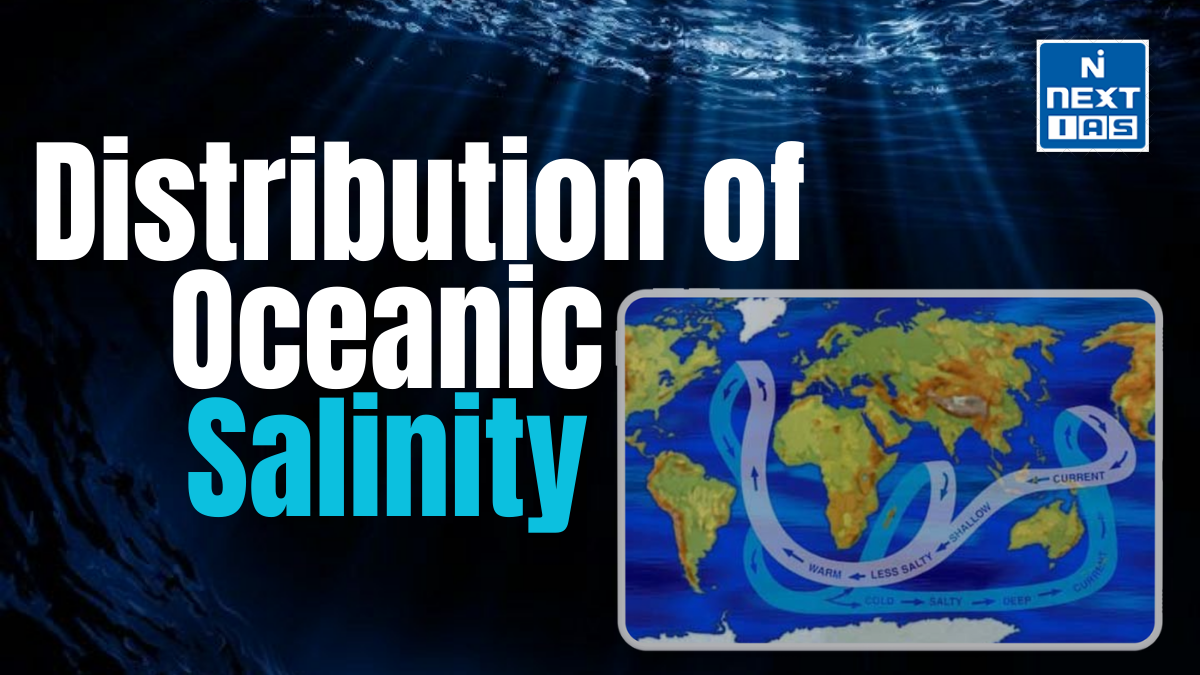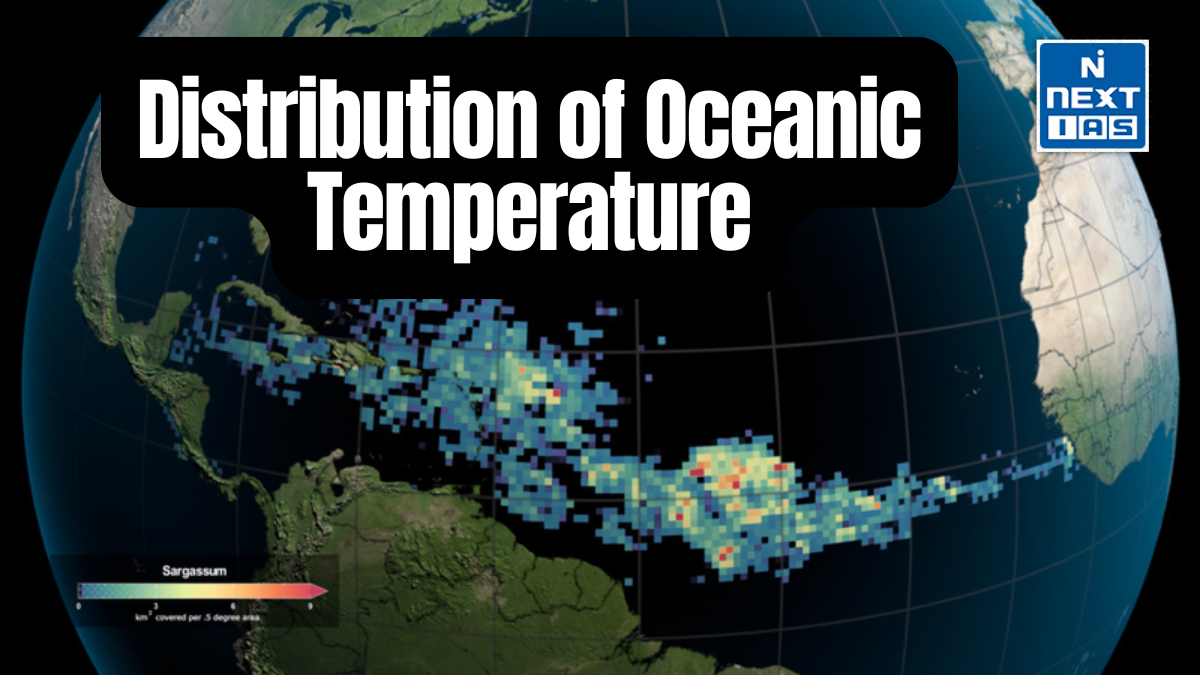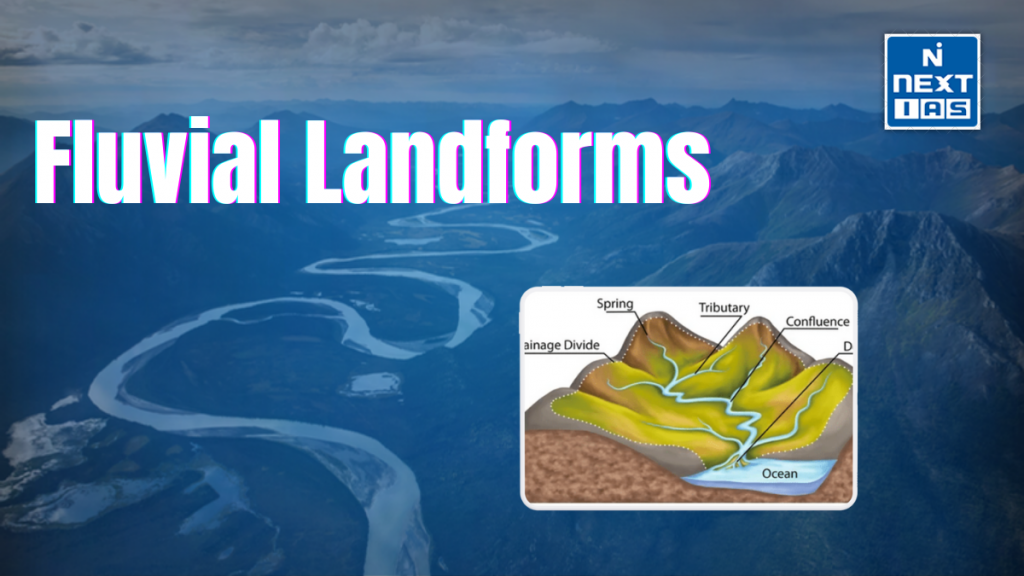
Fluvial landforms are features shaped by the action of rivers and streams, including valleys, meanders, floodplains, deltas, and levees. These landforms result from processes such as erosion, deposition, and sediment transport, playing a vital role in shaping the landscape and supporting diverse ecosystems.
What are the Fluvial Land forms?
Fluvial landforms are geological features created by the action of rivers and streams through processes like erosion, deposition, and sediment transport. These landforms include valleys, meanders, floodplains, deltas, and levees, each shaped by the dynamic movement of water.
- Valleys: Formed by the continuous erosion of a river, creating V-shaped or U-shaped landscapes.
- Meanders: Curved bends in a river caused by the lateral erosion and deposition of sediment.
- Floodplains: Flat areas adjacent to rivers, formed by the deposition of sediments during flooding events.
- Deltas: Triangular landforms at the river’s mouth, created by the deposition of sediment as the river slows upon entering a body of water.
- Levees: Raised embankments along riverbanks, built through repeated flooding and sediment deposition.
These landforms are crucial for supporting ecosystems, agriculture, and human settlement, but they are also subject to natural and human-induced changes, such as flooding, erosion, and urban development.
Types of Fluvial Landforms
Valleys
- V-shaped Valleys: Formed through the downward erosion of a river, creating steep, narrow valleys.
- U-shaped Valleys: Formed by glacial erosion, wider and deeper than V-shaped valleys.
Meanders
- Curved bends in rivers caused by lateral erosion and deposition, resulting in sinuous paths.
Floodplains
- Wide, flat areas adjacent to rivers, created by the deposition of sediments during floods.
Deltas
- Triangular landforms at river mouths, formed by sediment deposition as the river enters a larger body of water.
Levees
- Elevated embankments along riverbanks, formed by sediment deposition during flood events.
Braided Streams
- Shallow, interconnected channels separated by bars of sediment, common in areas with high sediment supply and variable flow.
Alluvial Fans
- Fan-shaped deposits of sediment formed where a river exits a narrow canyon onto a flatter plain, typically in mountainous regions.
Terraces
- Stepped landforms that represent former river levels, created through erosion and sediment deposition over time.
Significance of Fluvial Landforms
- Ecosystem Support:
- Fluvial landforms provide habitats for diverse flora and fauna, supporting biodiversity in both aquatic and terrestrial ecosystems.
- Agricultural Land:
- Floodplains and deltas are highly fertile areas, ideal for agriculture due to nutrient-rich soils deposited by rivers.
- Water Supply and Management:
- Rivers and their associated landforms provide essential water resources for drinking, irrigation, and industrial use.
- Flood Control:
- Levees, floodplains, and natural river channels help manage floodwaters, reducing the risk of flooding for surrounding areas.
- Geomorphological Studies:
- Fluvial landforms offer insights into past climatic conditions, sediment transport, and landscape evolution through geological studies.
- Transport and Navigation:
- Rivers and their landforms serve as critical pathways for transportation, commerce, and trade, facilitating economic development.
- Recreation and Tourism:
- Scenic fluvial landforms such as meandering rivers, valleys, and deltas attract tourists for activities like rafting, fishing, and sightseeing.
- Climate Regulation:
- River systems play a role in regulating regional climates by redistributing water and supporting ecosystems that absorb carbon dioxide.
Process of Formation of Fluvial Landforms
- Erosion:
- Rivers erode the land through vertical and lateral processes, shaping valleys, meanders, and gorges by removing material from the riverbed and banks.
- Transport:
- Sediment and debris are carried downstream by the river, contributing to the formation of features like deltas, braided streams, and alluvial fans.
- Deposition:
- When a river slows down, it deposits the transported sediment, creating landforms such as floodplains, levees, and deltas.
- Meandering:
- Lateral erosion and deposition cause rivers to form curves (meanders), which widen and deepen over time, shaping sinuous paths.
- Terracing:
- Over time, as rivers shift their courses and erode older floodplains, terraces form, representing former river levels through alternating periods of sediment deposition and erosion.
- Alluvial Formation:
- Sediment deposited by rivers in low-gradient areas forms alluvial fans and deltas, influenced by changes in river velocity and sediment load.
- Braiding:
- In high sediment supply areas with variable river flow, braided streams form, characterized by multiple interwoven channels and sediment bars.
Challenges to Fluvial Landforms
- Urbanization and Deforestation:
- Development along riverbanks and the removal of vegetation lead to increased sedimentation, erosion, and loss of natural fluvial processes.
- River Modification:
- Construction of dams, levees, and canals disrupts natural flow patterns, altering sediment deposition and impacting river ecosystems.
- Climate Change:
- Changes in precipitation patterns and rising sea levels contribute to increased flooding, erosion, and degradation of fluvial landforms.
- Pollution and Water Quality:
- Industrial and agricultural runoff contaminates rivers, affecting sediment quality and disrupting natural fluvial processes.
- Over-extraction of Water:
- Excessive withdrawal of water for agriculture, industry, and urban use reduces river flows, affecting sediment transport and altering fluvial landscapes.
- Loss of Biodiversity:
- Changes to fluvial landforms disrupt habitats for aquatic and terrestrial species, leading to biodiversity loss and ecosystem imbalance.
- Flooding and Natural Disasters:
- Increased flooding events strain natural river systems, causing sediment deposition issues and reshaping landforms rapidly and unpredictably.
- Soil Erosion:
- Poor land management practices and agriculture near rivers accelerate soil erosion, impacting the formation and stability of fluvial landforms.
Way forward
- To address challenges to fluvial landforms, sustainable river management practices are essential. This includes reducing urbanization impacts, conserving natural vegetation, and maintaining natural flow regimes.
- Implementing eco-friendly infrastructure, such as sustainable flood management systems and promoting community involvement in conservation efforts, can help preserve these vital landforms and their ecosystems for future generations.
Conclusion
- Fluvial landforms are dynamic features shaped by the natural processes of rivers, playing a crucial role in supporting ecosystems, agriculture, and human settlement.
- However, human activities and environmental changes pose challenges to these landforms, requiring sustainable management to preserve their ecological and economic value for future generations.
